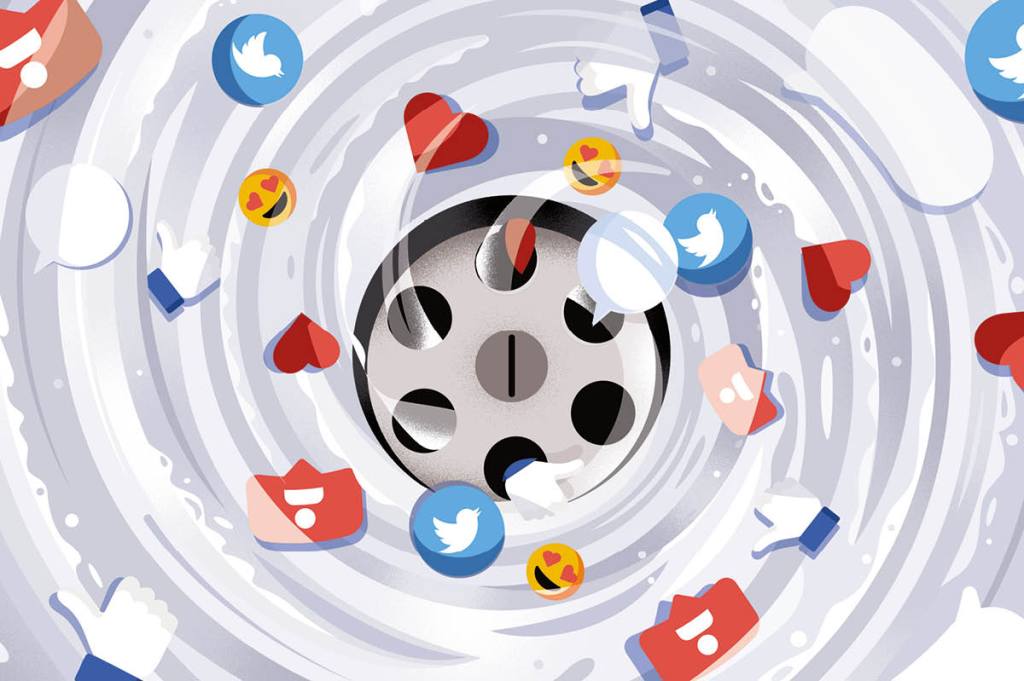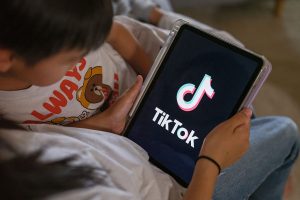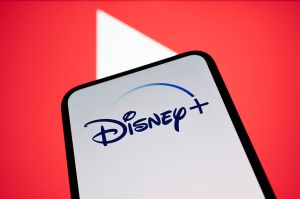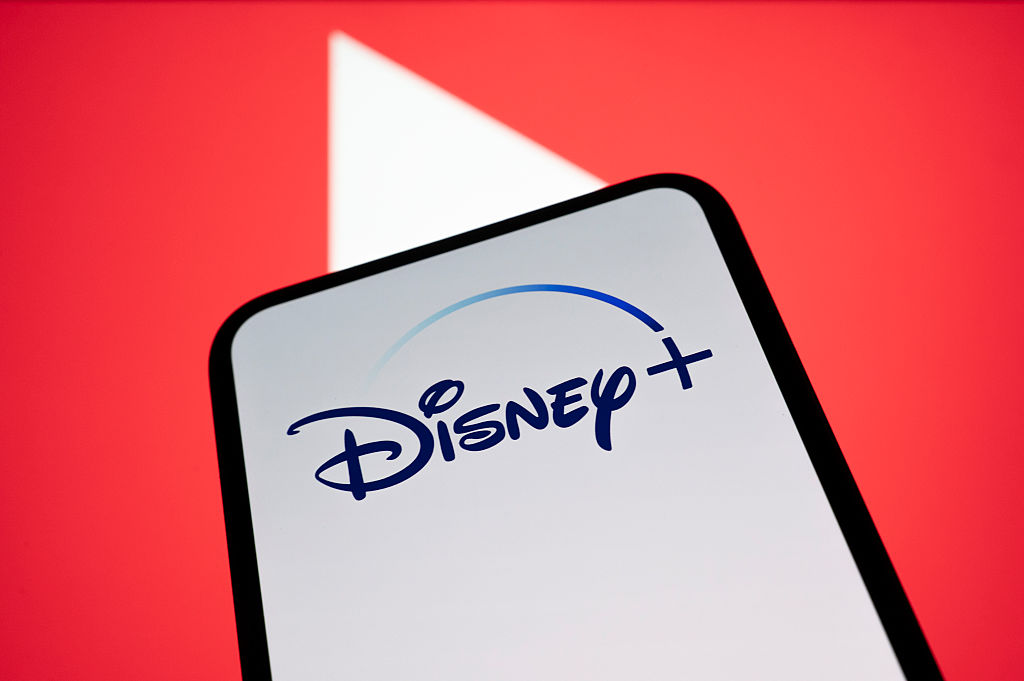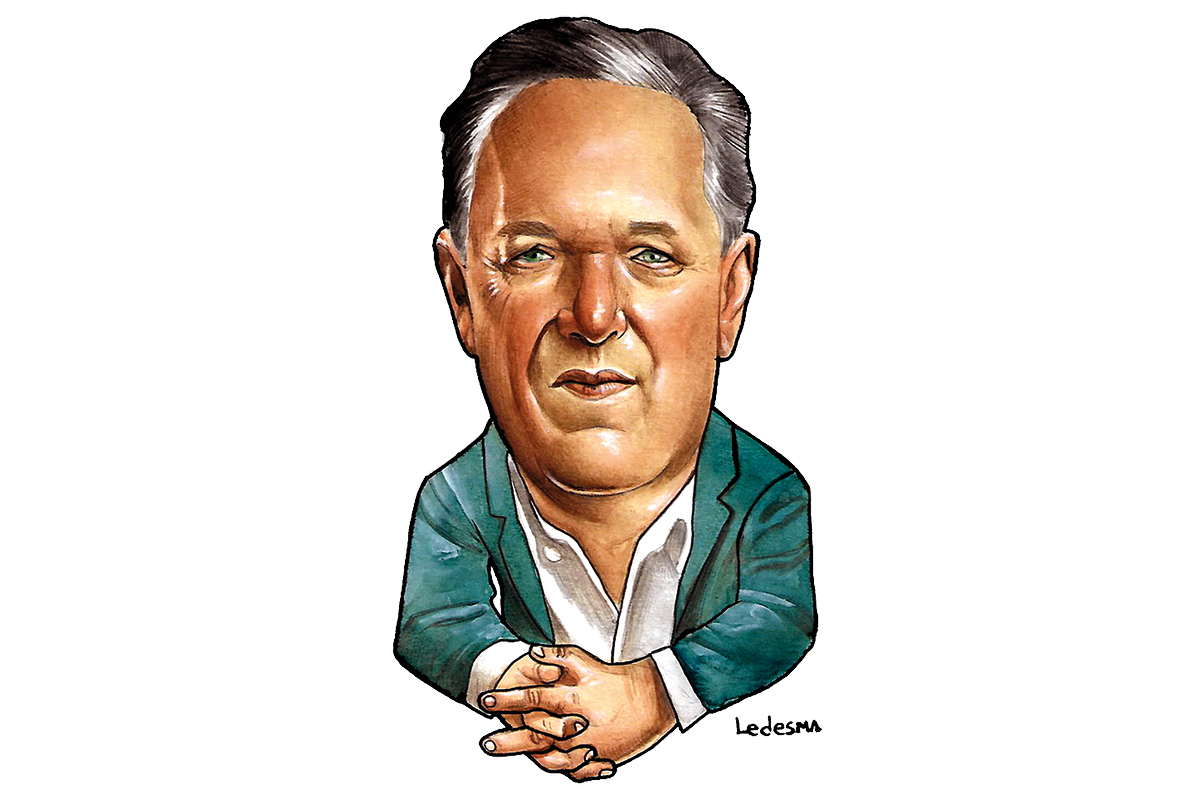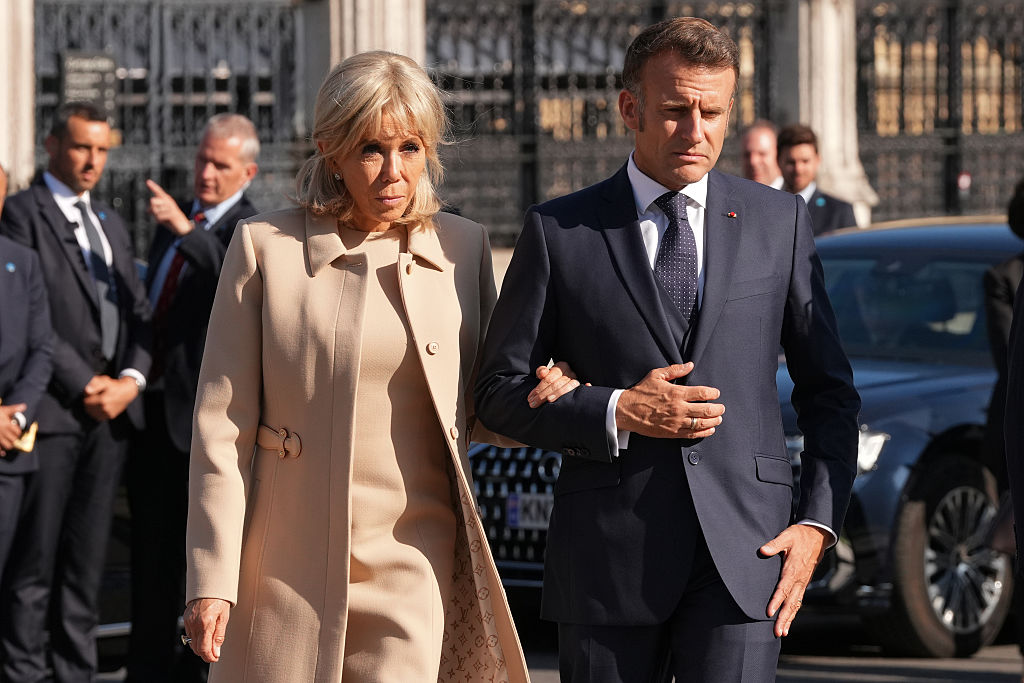If you ask anybody under twenty about their life plan, social media will likely play some part in the answer. A friend’s nine-year-old son has just launched his own YouTube channel. My prepubescent cousins are telling their parents that TikTok is “the key to financial freedom.”
When I was their age, my entrepreneurial skills went as far as selling single cigarettes to my classmates for loose change. The appeal of the influencer life isn’t hard to understand. Over the last decade, it’s been touted as the sexy, well-paid, democratic career of the future. A 2019 Morning Consult survey found that one in ten young people consider themselves “influencers.”
But now these micro-celebrities are trading in their tripods and ring-lights for real jobs. The age of the influencer is swiftly coming to an end, or at least changing, in a way we have never seen before.
Yesterday’s tricks don’t work quite so well anymore. After spending years of my life buying branded water bottles and plastic teeth-whitening trays from any attractive woman with a decent blowout and half a million followers, I am no longer so susceptible to their marketing ploys. It isn’t just me, a social media-addled twentysomething, who has noticed the shift in how much influence our so-called influencers have on us nowadays. Companies are catching on too.
Last year Philadelphia-based YouTuber Nate O’Brien had six figures worth of brand deals canceled in thirty days. He explained to me that this was due to companies panicking or running out of money.
“The creator bubble is popping,” says O’Brien, who has over a million followers for his channel, on which he makes money by telling other people how to do so. “For influencers, brand deals have dried up substantially in the past year. Most of my friends who were charging $30,000 per video are now struggling to fill their sponsor slots at $10,000.” That is still a lot of money, but Nate explains that “those who inflated their lifestyle and spending habits have only now realized that marketing budgets are the first thing to get cut during recessionary periods.” He talks of friends who, in the content-creation boom during Covid — everyone being stuck at home made this job far more viable — bought Lamborghinis and multi-million-dollar homes. “Creators didn’t think it would end. They were making $40,000 a month and then saying, ‘well, OK, I can spend $30,000 a month,’ but then when things flipped and the ads didn’t come in anymore, they had this overhead of tens of thousands.”
Stories like this are becoming more common. Friends of mine who tried influencing at a low level gave up after a few years because they were earning less than they would in an office job. Micro-celebrities are getting side hustles in bars. Z-list celebrities who thought they could cash in on their moment in the limelight are getting a rude awakening. Last year’s Love Island winner Ekin-Su lost a $1.2 million contract with the fast fashion brand Oh Polly, at the time the biggest clothing deal in the show’s history. Although neither side has spoken out about it, one source told me that the Love Island star’s range “didn’t appeal” to Oh Polly’s customer base and sales figures plummeted, despite her having 3.2 million followers on Instagram alone. The same source said, “People are realizing that buying clothes from celebrities doesn’t turn them into celebrities.”
A boom as big the last decade’s influencer explosion is rarely sustainable. Although influencing as we know it today started around 2010 with Instagram, it took a few more years for paid advertisements to be launched. That’s when the bubble really started to inflate; brands were able to connect with big names across the platform to sell their products quickly and easily. And the real peak of the influencer economy came during Covid, when, as Nate O’Brien puts it, “it suddenly became so easy to become a creator. Before the pandemic there was a barrier for entry; you needed to get a camera and know how to edit videos. This all went away with short-form content that started during Covid, and it coincided with a lot of brands having fat wallets because the economy was doing well. Those two factors created this vent from 2020 to 2022 where there was an influx of creators who were making millions.” In 2020, Instagram ad revenue generated $17.4 billion in the US alone.
But what we want from our influencers is changing. If you’ve paid any attention to online personalities, you can see the shift away from the matcha-latte-drinking-manifesting-yoga-doing influencers with abs so hard you could crack an egg on them, and toward the imperfect and the real — as real as the online world can be.
“The days of the perfectly manicured, overly curated, photocentric social media page are so far behind us,” Magda Houalla, director of marketing strategy at the influencer-marketing platform Aspire, told me. “Creators that are touting this potentially aspirational but relatively unachievable life are just not connecting the way they used to.” She adds, “specifically, with the rise of TikTok and video content, we’re seeing more and more creators with a massive following because they have relatable personalities. This in turn changes the type of creator that a brand wants to work with.”
Even influencers as established as the Kardashians are waking up to this. Fans have noticed an apparent switch in brand strategy from the first family of influencing. Kim Kardashian has been spotted in London pubs drinking pints of Guinness. Her sister Khloé was ridiculed online for posting pictures of herself that were reminiscent of the style of a working-class teenager in the 2000s. Perhaps the famously trend-savvy family have cottoned on to the growing exasperation with having perfect lives shoved down our throats. We want something we can relate to, like drinking Guinness in a dive bar.
As well as inspiring a more accessible kind of influencer, the idea of “de-influencing” has also changed the landscape. This newest social media trend involves influencers telling their followers why they shouldn’t buy a product and maybe even recommending a cheaper alternative. The hashtag #deinfluencing has had more than 500 million views on TikTok; according to industry experts it’s an attempt for online personalities to gain the trust of followers. Both Nate and Magda have doubts about the authenticity of the trend, both saying that “deinfluencing is a form of influencing,” with Nate adding that it’s “just another innovative way to build a following.”
The numbers differ depending on where you look, but according to market research, just 3 percent of consumers are influenced by celebrity endorsements, yet some companies still dedicate more than 50 percent of their marketing budget to influencers. Nate predicts this number will soon plummet; he tells me that he and his friends have already lost deals from it. “The only way to survive this is to innovate. You need to analyze what’s going on; ads are falling, marketing budgets falling. How do we continue to grow revenue? Well, let’s stop relying on ads and start selling our own products. There are always ways to move forward.”
Moving forward might not be as easy as selling branded water bottles or T-shirts — my guess is that the influencer economy won’t pick up again until we learn to reconnect. In a world where we are more plugged in than ever, we are becoming less and less attuned to what matters. Instagram is now inundated with sponsored ads paid for by micro-influencers, but the reason we all downloaded it over a decade ago was to post embarrassing photos of friends on their birthdays and to see what our aunt was up to on her holiday. The more influencers took over and sanitized the app, the more personal connections we lost.
There is one more reason for the influencer economy to shift: age. The original influencers that climbed to fame over the last decade are now starting families and having children. Some, such as reality star Molly-Mae and her baby, Bambi, are still vlogging every step of the way. Some are even recording the births of their children. Nate tells me that the marketing longevity of a creator will be where it gets interesting. “I think a lot of people don’t realize that being a creator, there is a lifecycle to it. I’d say most creators last about five years until they fizzle out. The first year you start growing slowly, then you take it seriously and might do it full time for three to four years, then after you peak you phase out. The audience changes, the influencer changes. The entire landscape changes.” So, kids, if you want to be influencers, don’t bank on it lasting forever. And don’t buy a Lamborghini.
This article is taken from The Spectator’s June 2023 World edition.



